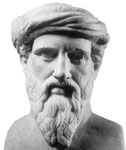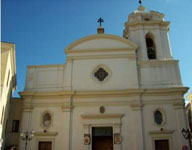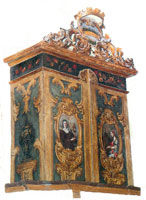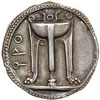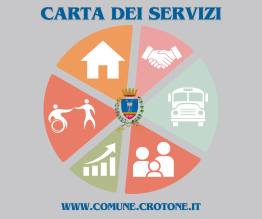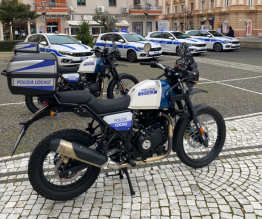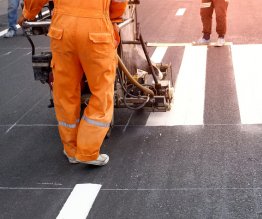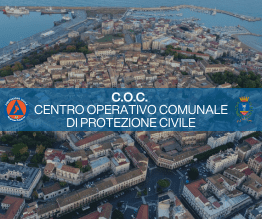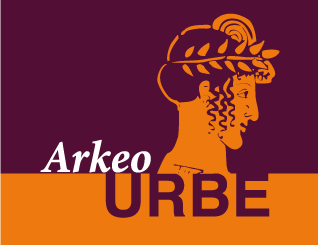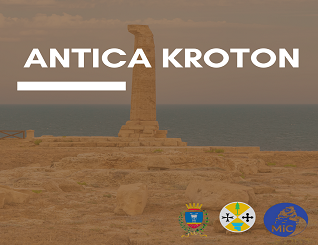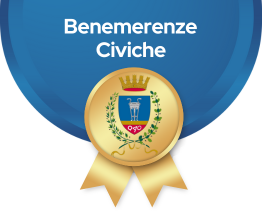Crotone, Pythagoras' town
Croton was long one of the most flourishing cities of Magna Graecia. According to Herodotus, the physicians of Crotone were considered the foremost among the Greeks. In Crotone the mathematician Pythagoras founded his school, the Pythagoreans.
Piazza Pythagoras is the most important square of Crotone and a meeting point for citizens. It's surrounded by porches built in the second half 800's; walking through via Vittoria we arrive in Piazza Duomo where we can admire the magnificent cathedral dating from the IX century.
CHARLES V CASTLE: the castle is situated in a dominant position in the highest point of the town, thus able to keep guard over the sea and surrounding countryside. Today, it represents an enlarged reconstruction of the old, Medieval castle with various modifications carried out during Angioine and Aragonese rule.
CATHEDRAL: it has a neo-classical façade, while the interior has a nave with two aisles, with Baroque decorations. Noteworthy are a baptismal font (XII century) and the Madonna di Capo Colonna, the icon of the Black Madonna which, according to the tradition, was brought from East in the first years of the Christian era.
S. CHIARA'S CHURCH: this small, beautiful church is part of the convent of Clarissa. Places within the beautiful pavement majolica Neapolitan, and the precious body wooden of XVIII century.
THE NATIONAL ARCHAEOLOGICAL MUSEUM: it's situated near the medieval castle and holds all the most significant finds coming from the archaeological areas of Crotone, especially Capo Colonna. Of great interest is the vast section devoted to the so-called "treasure of Hera Lacinia", a votive room with objects of extremely high artistic value, found in the sanctuary of the same name.
By Gruppo di Marketing Territoriale - February 2010.

